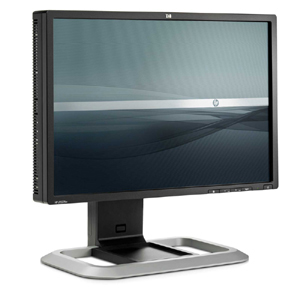
2

4 The advent of thin -film trans istor (TFT) technology allowed transistors to be placed at each picture element or sub -pixel. These can switch very quickly, and then hold the state of the sub -pixel while the panel drivers take care of the other rows and columns of the display. This resu lts in a great improvement in the contrast and response time possible with LCD technology, and permits the manufacture of large -size, high -resolution displays which rival any other display technology in performance. Figure 1. How thin -film transistors ar e placed in the LCD array. Understanding pixel defects Active -matrix TFT -LCDs require at least one transistor to be created at each subpixel on the panel. This makes the average AMLCD an enormously complex device. For example, producing one of today's high -resolution WUXGA displays. with a 1920 x 1200 pixel native format requires embedding nearly seven million transistors in the screen (1920 x 1200 x 3 = 6.91 million). This is more than double the number of transistors found in the orig inal Intel(R) Pentium(R) processor. How pixel defects occur Damage to any one of the millions of transistors within the LCD panel may leave a sub -pixel permanently on or off, creating a tiny dark spot or bright spot on the display. This is fa irly common, even for small TFT displays on handheld computers. Minute specks of dust on the panel, slight errors in the panel processing, and other problems encountered during manufacturing of the TFT array on the glass substrate cause these defects. Whe n we look at the total number of pixels and subpixels on a 1920 x 1200 display, we see that the failure of one sub -pixel out of the 6.91 million is a very low failure rate indeed -only about 14 millionths of one percent (0.000014%). For lower -resolution SXG A displays, a single sub -pixel defect still represents a failure rate of only 25 millionths of one percent. To look at it another way, having 10 sub -pixel defects on a 1280 x 1024 color panel means that the panel is still 99.9999% defect free! Electrodes across LC material







![前ページ カーソルキー[←]でも移動](http://gizport.jp/static/images/arrow_left2.png)
















